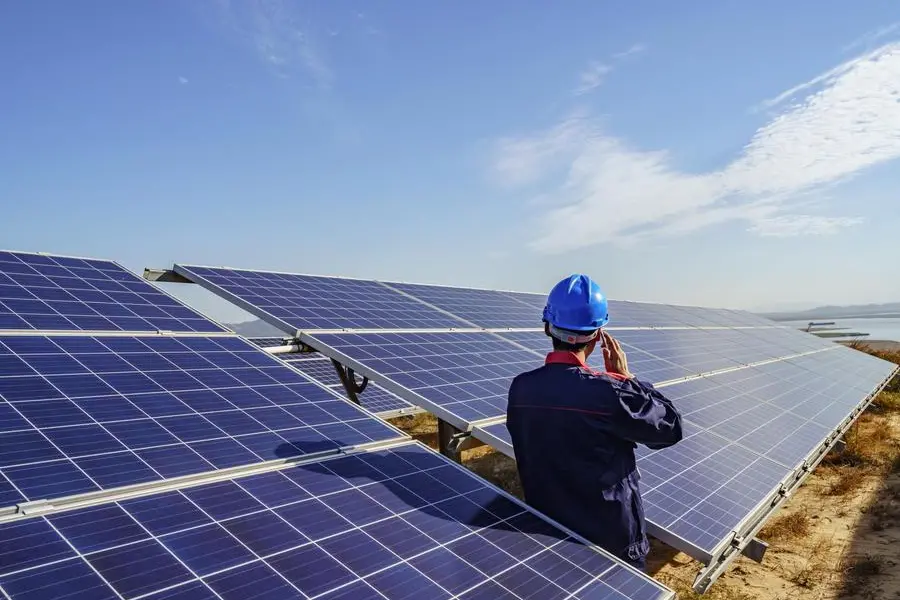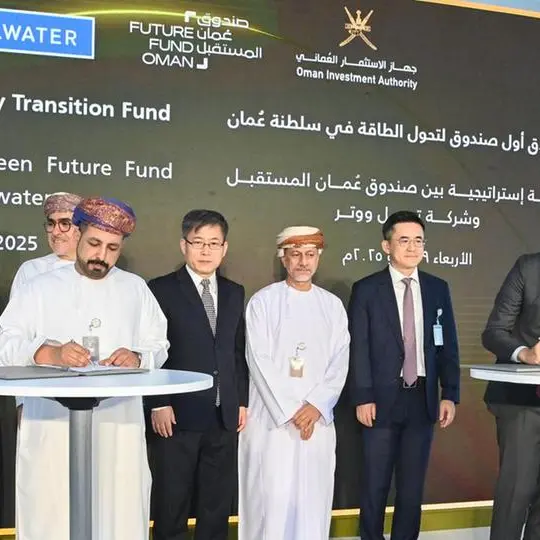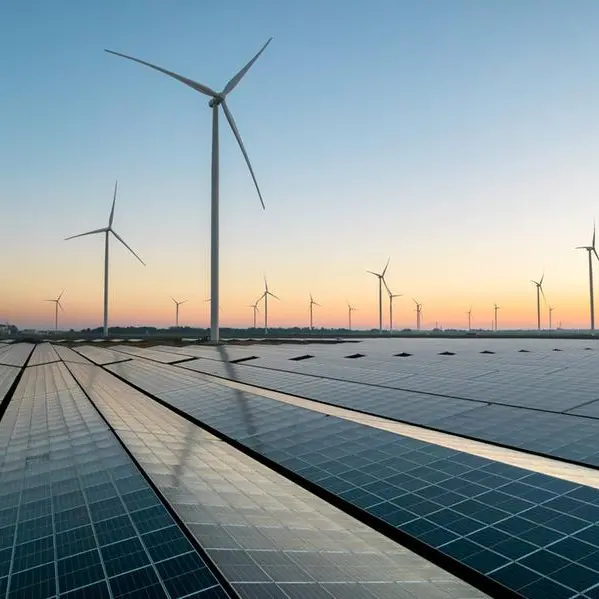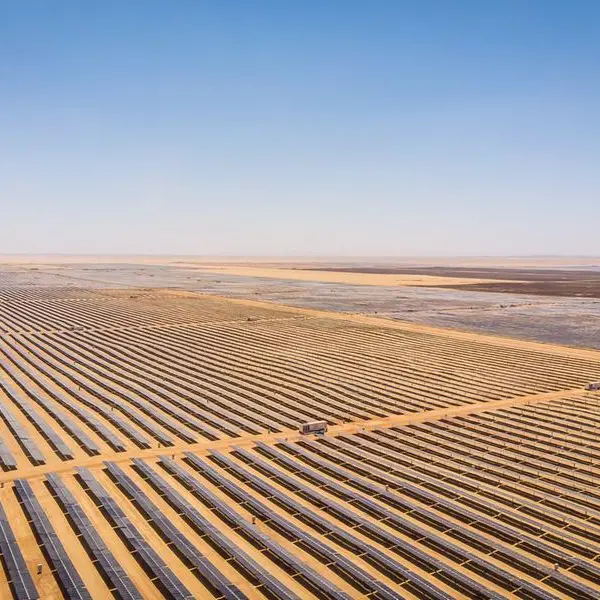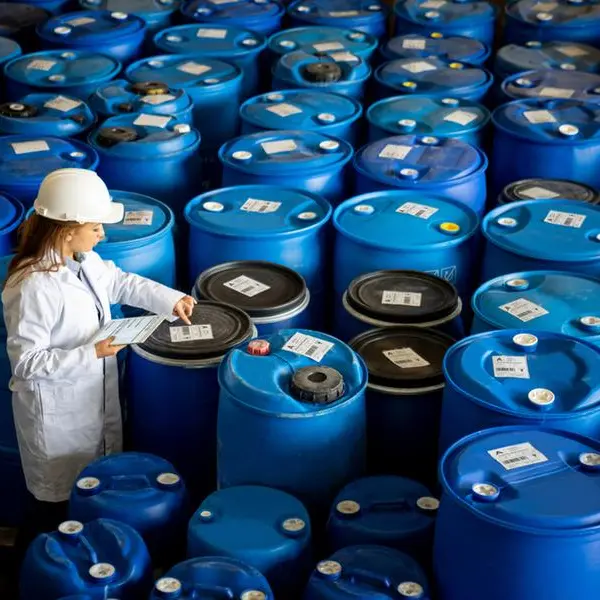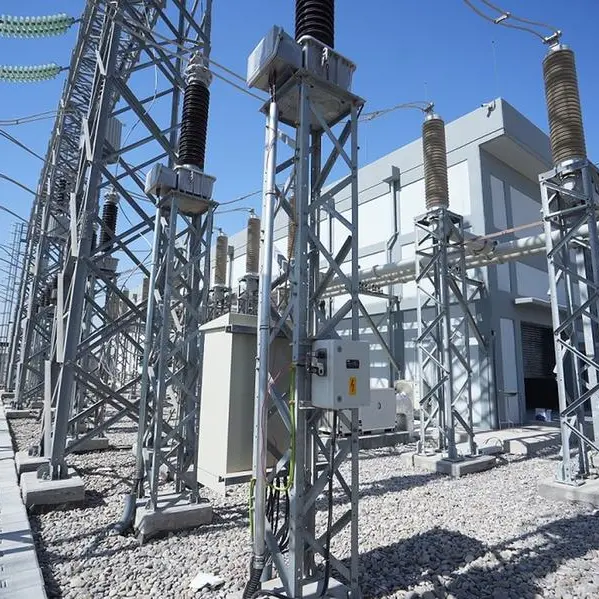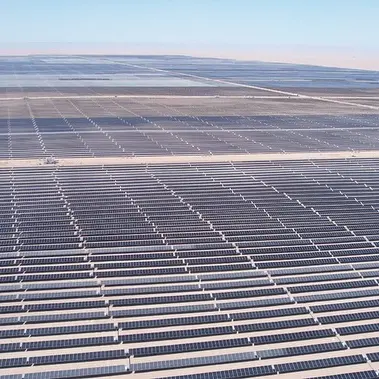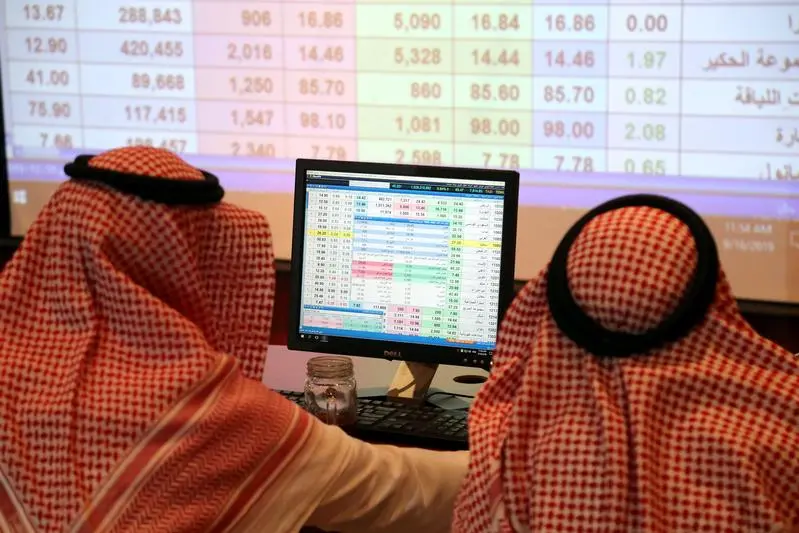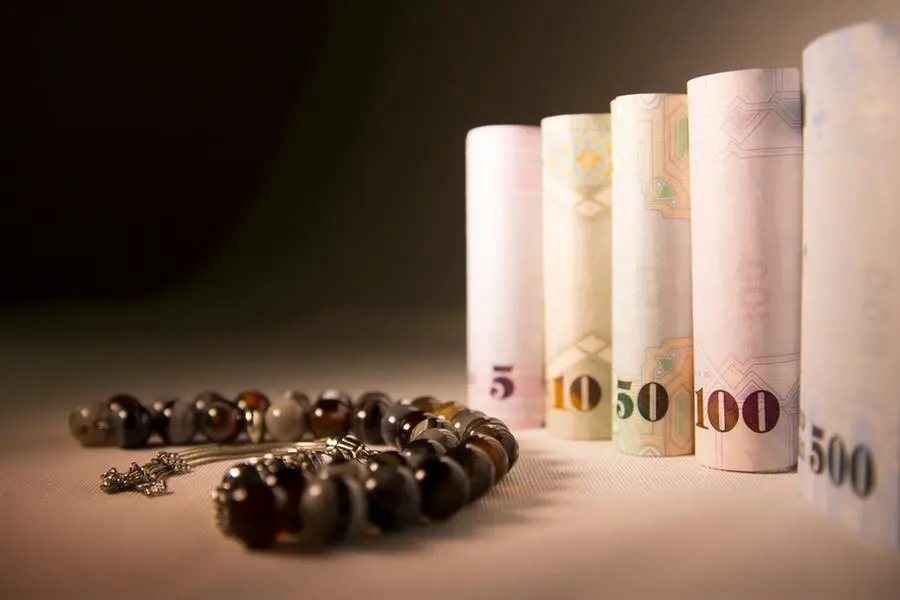PHOTO
Solar power plant engineer is checking. Getty Images Image used for illustrative purpose.
MUSCAT, MAY 29
The Sultanate of Oman, together with Saudi Arabia and the United Arab Emirates, will account for the lion’s share of the estimated 100 gigawatts (GW) of solar capacity expected to be developed across the Middle East by 2030, according to a leading energy think-tank.
Rystad Energy, a Norwegian based independent research and energy intelligence company, named Oman among a tiny handful of regional players that are tipped to fuel the growth of solar-based renewables in the region.
Reviewing projections in renewable energy development across the Middle East, Rystad Energy highlighted the region’s exceptional solar energy potential. In particular, Oman, Saudi Arabia and UAE – endowed with solar irradiation of more than 2,000 kilowatt-hours (kWh) per square meter annually - are well-placed to harness this potential, it noted in a new report published on Tuesday.
Given this potential, solar capacity in the Middle East is expected to reach 23 GW by the end of 2024, up from over 16 GW at the end of 2023. “Projections indicate that by 2030, the capacity will surpass 100 GW, with green hydrogen projects contributing to an annual growth rate of 30%,” said Rystad Energy, noting that Oman, Saudi Arabia and the UAE are on track to collectively account for nearly two-thirds of the region’s total solar capacity by the end of the decade.
According to the report, Oman is anticipated to witness a dramatic increase in its renewables capacity, from around 700 MW presently to almost 3 GW in 2025, rising to 4.5 GW by 2030. As a result, renewable energy will have a 30% share of overall generation capacity by the end of this decade, up from 3% presently. Five new onshore wind power projects currently under procurement will contribute around 1 GW of capacity.
While all of this new capacity is primarily aimed at enabling the country’s transition away from gas-fired generation, massive new investments in upstream solar and wind farms are anticipated as a new green hydrogen sector begins to take shape in the coming years.
“(Oman) envisions becoming the largest exporter of green hydrogen by 2030 – with production of up to 1.15 million metric tonnes per annum – and has dedicated 50,000 square kilometers of land for hydrogen project development,” Rystad Energy stated in its report.
The international think-tank sees solar capacity accounting for more than half of total power supply in the Middle East by 2050, up from a mere 2% as of the end of 2023. “
By 2050, renewable energy sources, including hydro in addition to solar and wind, are expected to constitute a staggering 70% of the Middle East's power generation mix. This marks a monumental leap from the mere 5% recorded at the end of 2023, signaling a transformative shift in the region's energy landscape,” it added.
2022 © All right reserved for Oman Establishment for Press, Publication and Advertising (OEPPA) Provided by SyndiGate Media Inc. (Syndigate.info).
